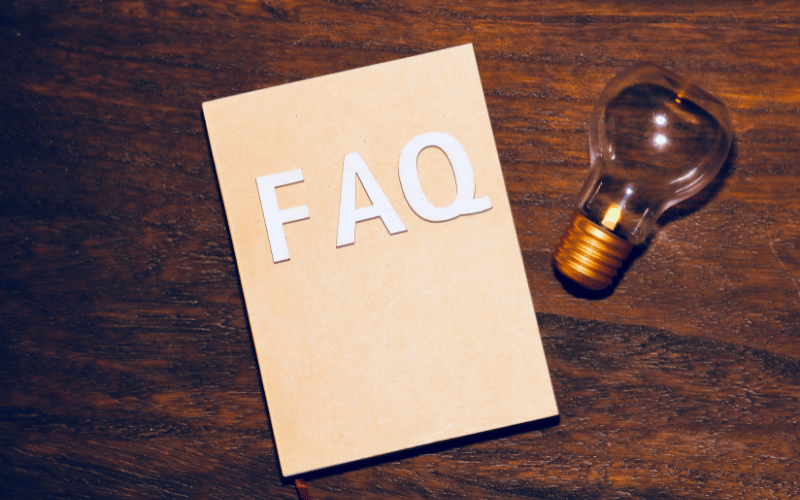Frequently Asked Questions: Addressing Your Concerns About Type 2 Diabetes Symptoms

How Can I Differentiate Between Normal Thirst and Excessive Thirst Associated with Type 2 Diabetes?
Normal thirst is a natural response to dehydration, usually resolved by drinking water. However, excessive thirst associated with diabetes is persistent, not relieved by drinking, and often accompanied by frequent urination. Monitoring other symptoms and consulting with a healthcare provider can provide clarity.
Are Hunger Pangs in Diabetes Different from Regular Hunger?
Hunger pangs in diabetes can feel more intense and urgent, as they are a result of the body’s inability to utilize insulin properly, leading to lower energy levels. Unlike regular hunger, they might not be resolved even after eating.
Can Blurred Vision from Diabetes Be Permanent?
If left untreated, high blood sugar levels can cause sustained damage to the blood vessels in the eyes, leading to permanent vision loss. Early detection and proper management of diabetes are crucial to preventing long-term complications.
Is It Normal to Feel Constantly Tired If I Have Type 2 Diabetes?
While fatigue is a common symptom of diabetes, it’s not something you have to accept as normal. Managing blood sugar levels, along with proper diet, exercise, and sleep, can significantly reduce feelings of tiredness.
How Does Type 2 Diabetes Cause Slow Healing Wounds?
Elevated blood sugar levels in diabetes can impair blood circulation and the body’s natural healing processes, leading to slower recovery from cuts and wounds. Managing diabetes and maintaining good wound care practices are essential to preventing complications.
Conclusion: Navigating the Symptoms of Type 2 Diabetes
In the journey through the complex landscape of type 2 diabetes, understanding and recognizing the myriad of symptoms is paramount. The ten symptoms we’ve delved into—ranging from excessive thirst and frequent urination, hunger pangs, fatigue, and blurred vision, to slow healing wounds, frequent infections, darkened skin patches, unexplained weight loss, numbness or tingling in extremities, and irritability and mood swings—serve as crucial signposts. They’re not just physical discomforts or inconveniences; they’re clear signals from your body, urging you to take action and manage your diabetes more effectively. With vigilant monitoring, a proactive approach to lifestyle changes, and a collaborative relationship with healthcare providers, managing these symptoms is entirely within reach.
It’s important to remember that you’re not alone in this journey. Millions of people worldwide navigate the challenges of type 2 diabetes every day, finding ways to live full, active lives despite the condition. By equipping yourself with knowledge, staying attuned to your body’s signals, and committing to a comprehensive management plan, you’re taking significant strides towards mitigating the impact of diabetes on your life. The symptoms might be daunting, but with the right strategies, support, and determination, you have the power to control your diabetes, rather than letting it control you. Embrace the challenge, stay informed, and never underestimate your ability to adapt and thrive.